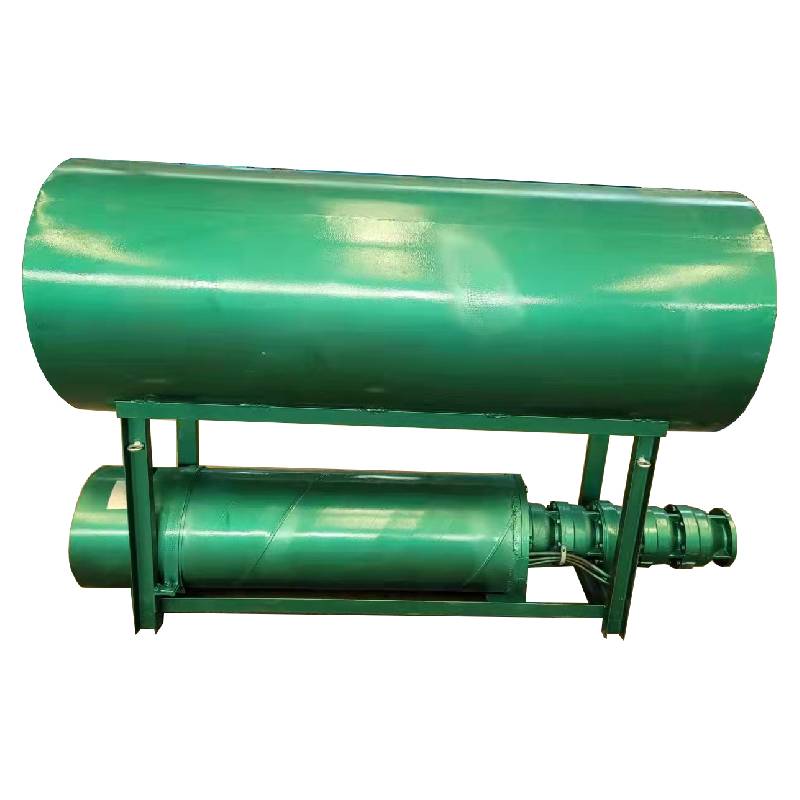Jul . 29, 2024 21:46 Back to list
Exploring the Features and Benefits of Submersible Water Pumps for Efficient Fluid Management
Submersible Water Pumps An Innovative Solution for Efficient Water Management
Submersible water pumps have become an essential tool in various sectors, including agriculture, construction, and municipal applications. These pumps are designed to operate underwater, which offers several advantages over traditional surface pumps. Their unique features make them highly effective for a wide range of tasks, from irrigation to sewage handling.
What is a Submersible Water Pump?
A submersible water pump is a device that is submerged in water to pump it to the surface. Unlike surface pumps, which pull water using suction, submersible pumps push water to the surface using a series of impellers. This design allows them to generate higher pressures, making them suitable for pumping water from deep wells, reservoirs, or underground sources.
Key Features and Advantages
One of the main advantages of submersible pumps is their efficiency. Because they are located underwater, there is less resistance in the system, allowing them to operate with greater efficiency compared to surface pumps. Moreover, these pumps are generally more compact and can handle large volumes of water, making them ideal for scenarios where space is limited.
Another significant benefit of submersible pumps is their ability to handle various liquids, including clean water, wastewater, and even slurries. This versatility allows them to be used in diverse applications, from residential and agricultural irrigation to industrial water supply and sewage treatment.
Submersible pumps are also designed to be durable and resistant to corrosion due to their construction materials. Many of these pumps are made from stainless steel or high-quality thermoplastics, which can withstand harsh conditions and extend the lifespan of the pump. Additionally, the closed design minimizes the risk of cavitation, a common problem in both commercial and residential applications.
Applications of Submersible Water Pumps
sub water pump

The applications for submersible water pumps are vast. In the agricultural sector, farmers utilize these pumps to irrigate crops more efficiently, drawing water from wells and reservoirs. The ability to cover large areas with minimal energy consumption makes them a popular choice for irrigation projects.
In construction, submersible pumps are used for dewatering purposes. Construction sites often face challenges from groundwater, and these pumps can effectively remove excess water, ensuring a safe and dry working environment. Their high capacity allows for rapid dewatering, keeping construction timelines on track.
Municipalities also benefit from submersible water pumps for wastewater treatment and sewage management. These pumps can be found in lift stations and sewage treatment plants, helping to transport wastewater to treatment facilities. Their ability to handle solids and particulates makes them essential in maintaining clean and safe municipal water systems.
Considerations When Choosing a Submersible Pump
When selecting a submersible water pump, several factors should be considered. The first is the pump's capacity and the depth from which it will be drawing water. It’s important to choose a pump that matches the specific flow rate and head requirements of the application.
Moreover, the type of liquid being pumped plays a significant role in selecting the appropriate pump. For instance, if the liquid contains solids or debris, a pump designed for wastewater would be more suitable compared to one meant for clean water.
Conclusion
Submersible water pumps are a vital component in modern water management solutions. Their efficiency, versatility, and durability make them indispensable in various applications, ranging from agriculture to municipal wastewater treatment. As technology advances, we can expect even more innovations in the design and functionality of submersible pumps, further enhancing their role in sustainable water management practices. Whether you are a farmer, a construction manager, or involved in municipal services, understanding the benefits of submersible water pumps can lead to more effective and efficient water management strategies.
-
Submersible Water Pump: The Efficient 'Power Pioneer' of the Underwater World
NewsJul.01,2025
-
Submersible Pond Pump: The Hidden Guardian of Water Landscape Ecology
NewsJul.01,2025
-
Stainless Well Pump: A Reliable and Durable Pumping Main Force
NewsJul.01,2025
-
Stainless Steel Submersible Pump: An Efficient and Versatile Tool for Underwater Operations
NewsJul.01,2025
-
Deep Well Submersible Pump: An Efficient 'Sucker' of Groundwater Sources
NewsJul.01,2025
-
Deep Water Well Pump: An Efficient 'Sucker' of Groundwater Sources
NewsJul.01,2025
-
 Submersible Water Pump: The Efficient 'Power Pioneer' of the Underwater WorldIn the field of hydraulic equipment, the Submersible Water Pump has become the core equipment for underwater operations and water resource transportation due to its unique design and excellent performance.Detail
Submersible Water Pump: The Efficient 'Power Pioneer' of the Underwater WorldIn the field of hydraulic equipment, the Submersible Water Pump has become the core equipment for underwater operations and water resource transportation due to its unique design and excellent performance.Detail -
 Submersible Pond Pump: The Hidden Guardian of Water Landscape EcologyIn courtyard landscapes, ecological ponds, and even small-scale water conservancy projects, there is a silent yet indispensable equipment - the Submersible Pond Pump.Detail
Submersible Pond Pump: The Hidden Guardian of Water Landscape EcologyIn courtyard landscapes, ecological ponds, and even small-scale water conservancy projects, there is a silent yet indispensable equipment - the Submersible Pond Pump.Detail -
 Stainless Well Pump: A Reliable and Durable Pumping Main ForceIn the field of water resource transportation, Stainless Well Pump has become the core equipment for various pumping scenarios with its excellent performance and reliable quality.Detail
Stainless Well Pump: A Reliable and Durable Pumping Main ForceIn the field of water resource transportation, Stainless Well Pump has become the core equipment for various pumping scenarios with its excellent performance and reliable quality.Detail
